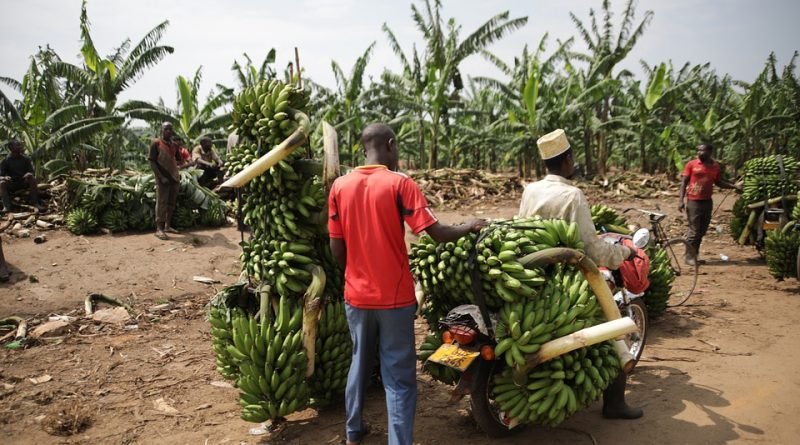Going Bananas: The Environmental Impact of Banana Production
Bananas are one of the most popular and widely consumed fruits in the world. In fact, they are the most consumed fruit in the United States, with the average American eating about 25 pounds of bananas per year. However, the environmental impact of banana production is often overlooked.
Banana production is a major industry in countries like Ecuador, Costa Rica, and the Philippines, where large plantations are responsible for the majority of banana exports. The environmental impact of these plantations is significant, with concerns ranging from deforestation and water pollution to the extensive use of pesticides and fertilizers.
One of the biggest environmental issues associated with banana production is deforestation. In order to create space for large-scale banana plantations, vast tracts of tropical rainforest are often cleared, destroying vital habitats for wildlife and contributing to climate change. Deforestation also leads to soil erosion, which can further degrade the land and reduce its fertility.
Another environmental concern is the heavy use of pesticides and fertilizers in banana farming. These chemicals can contaminate water sources, harm wildlife, and pose health risks to workers and nearby communities. In addition, the production of synthetic fertilizers contributes to greenhouse gas emissions and other environmental pollutants.
Furthermore, the transportation of bananas from tropical regions to consumer markets around the world has its own environmental impact. The carbon emissions associated with long-distance transportation contribute to climate change, and the use of refrigeration and packaging materials adds to the overall carbon footprint of the industry.
So, what can be done to mitigate the environmental impact of banana production? One solution is to support sustainable and organic banana farming practices. These methods prioritize biodiversity, soil health, and worker well-being, while minimizing the use of synthetic chemicals and pesticides. By choosing organic or fair trade bananas, consumers can help incentivize more environmentally-friendly practices in the industry.
Additionally, reducing food waste and supporting local and seasonal produce can also help reduce the environmental impact of banana production. By being mindful of where our food comes from and how it is produced, we can make better choices for the planet and our health.
In conclusion, the environmental impact of banana production is a complex issue that requires attention and action from all stakeholders. By supporting sustainable and organic farming practices, reducing food waste, and making informed choices as consumers, we can all do our part to lessen the impact of banana production on the environment.
